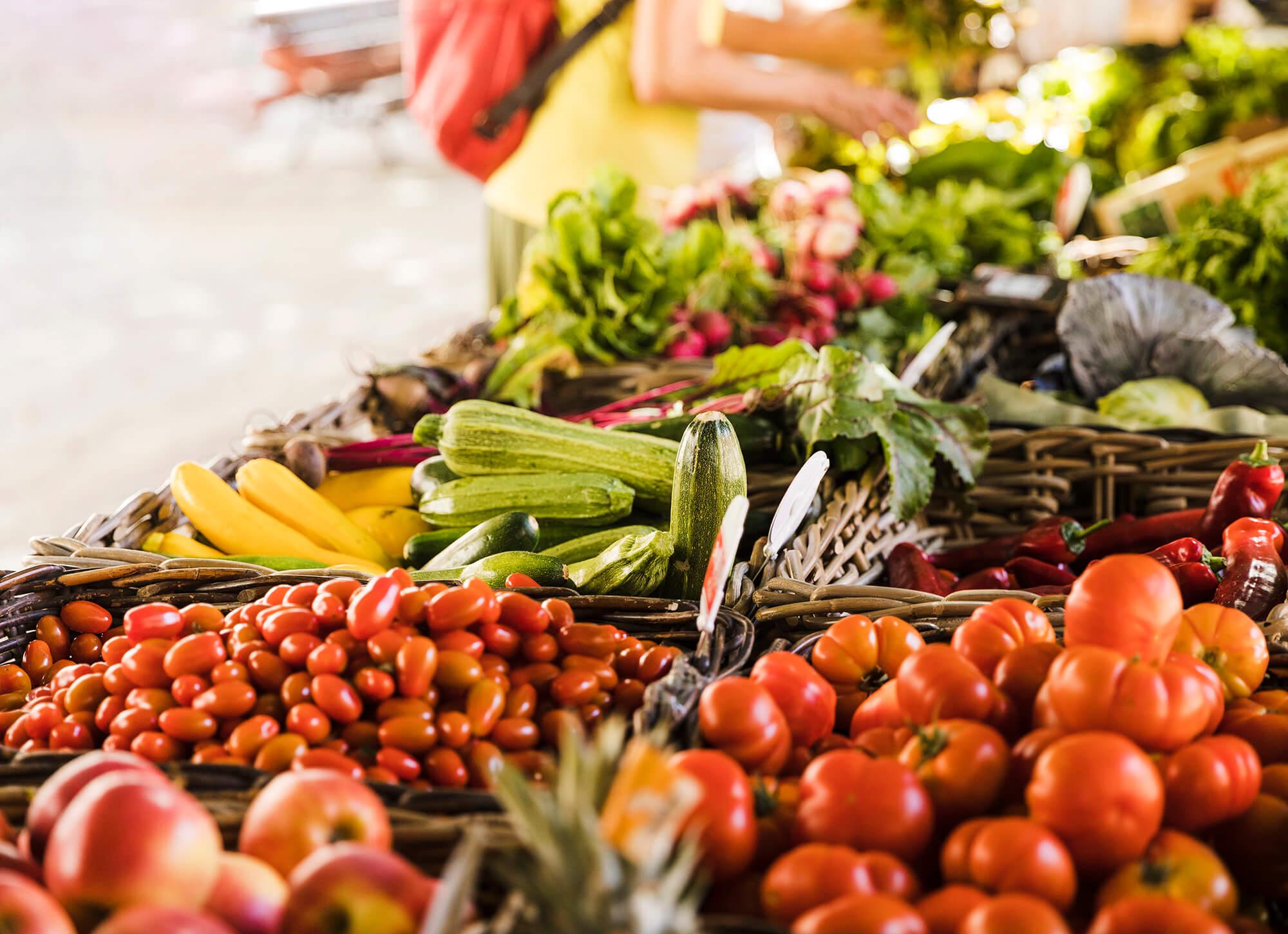The vegetable industry, an essential component of global agriculture, is undergoing a transformation. As we step into 2025, shifting consumer preferences, technological advancements, and environmental challenges are redefining how vegetables are grown, distributed, and consumed. Here, we explore the key trends and innovations shaping the future of this industry.
1. Sustainable Farming Practices
Sustainability has become a top priority in agriculture, and the vegetable sector is no exception. Practices such as crop rotation, organic farming, and reduced use of chemical fertilizers are gaining momentum. Farmers are adopting regenerative agriculture techniques to improve soil health, sequester carbon, and enhance biodiversity. Innovations like biofertilizers and biopesticides are further reducing the environmental footprint of vegetable farming.
2. Technological Integration in Farming
Technology is revolutionizing vegetable production. Precision agriculture, powered by GPS and IoT devices, allows farmers to monitor soil health, moisture levels, and crop growth in real time. Automated machinery, such as robotic harvesters, is addressing labor shortages while ensuring efficient harvesting. Additionally, AI-driven analytics are helping farmers optimize resource use, predict yields, and combat pests and diseases.
3. Vertical Farming and Hydroponics
With urbanization on the rise, vertical farming and hydroponics are emerging as viable solutions to produce vegetables in urban areas. These methods require less land and water compared to traditional farming while ensuring year-round production. Companies like AeroFarms and Plenty are leading the charge, proving that high-tech indoor farming can meet growing demand while reducing transportation costs and environmental impact.
4. Focus on Climate-Resilient Crops
Climate change poses significant challenges to vegetable farming, including unpredictable weather patterns and the spread of pests. In response, scientists are developing climate-resilient vegetable varieties that can withstand extreme conditions. Genetic advancements, such as CRISPR, are enabling the creation of crops with improved resistance to drought, heat, and diseases.
5. Digital Supply Chain Innovations
Efficiency in the vegetable supply chain is critical to reducing food waste and ensuring fresh produce reaches consumers. Blockchain technology is being used to enhance transparency and traceability, enabling stakeholders to track vegetables from farm to fork. Smart logistics solutions, including AI-powered demand forecasting and optimized cold chain systems, are minimizing spoilage and reducing costs.
6. Rise of Plant-Based Diets
The growing popularity of plant-based diets is driving demand for a diverse range of vegetables. Consumers are increasingly seeking nutrient-dense, organic, and locally sourced options. This trend is encouraging farmers to diversify their crops and focus on premium-quality produce that caters to health-conscious buyers.
7. Retail and E-Commerce Evolution
The way vegetables are sold is evolving, with e-commerce platforms and direct-to-consumer models gaining traction. Startups and traditional retailers alike are investing in digital marketplaces to connect farmers directly with consumers. Subscription-based models for fresh vegetable deliveries are also becoming popular, offering convenience and reducing intermediaries.
8. Government and Industry Collaboration
Policymakers and industry leaders are collaborating to create a more resilient vegetable industry. Initiatives aimed at providing financial support, training programs, and infrastructure development are empowering small-scale farmers. Furthermore, global alliances are working toward standardized practices to ensure food safety and quality.
The vegetable industry in 2025 is poised for growth and innovation, driven by sustainability, technology, and evolving consumer demands. By embracing these trends and advancements, stakeholders across the value chain can contribute to a more efficient, resilient, and environmentally friendly vegetable sector. As challenges persist, the focus on collaboration and innovation will be pivotal in ensuring a bright future for the industry.

